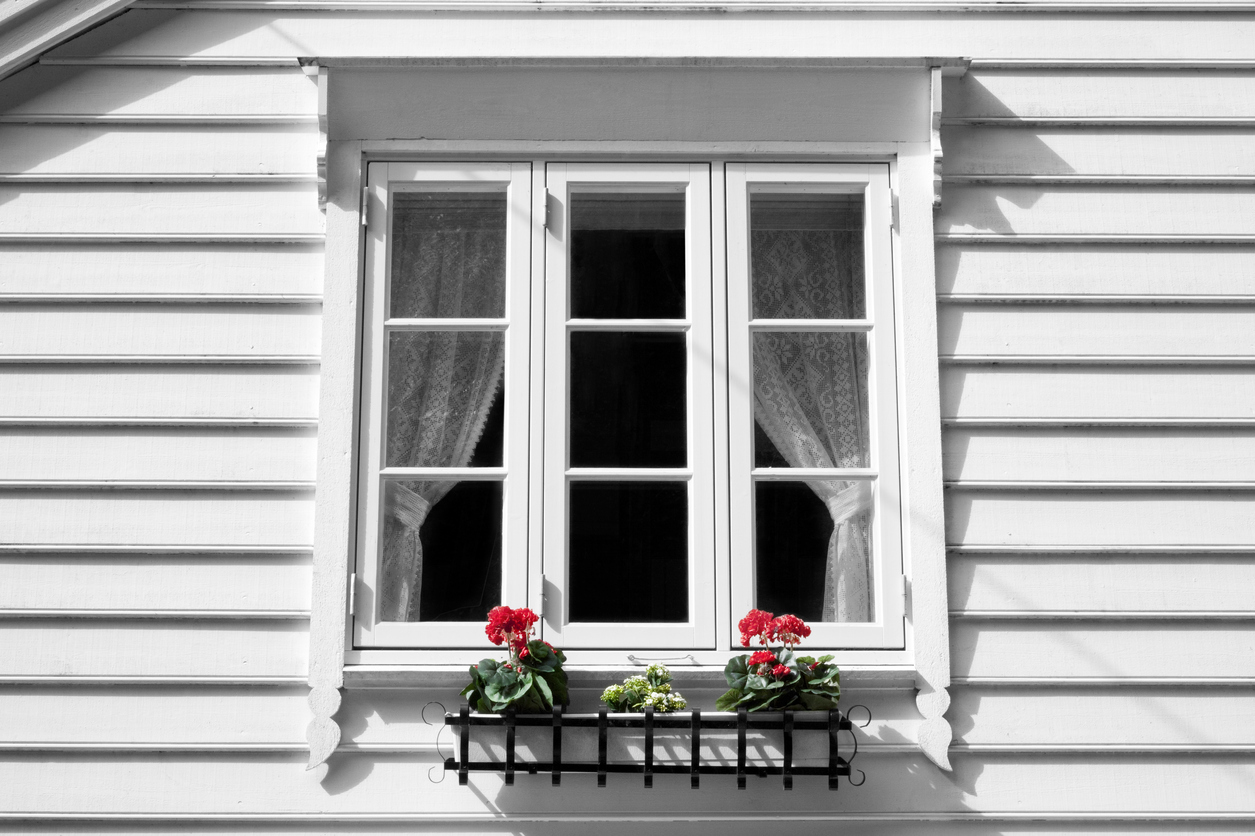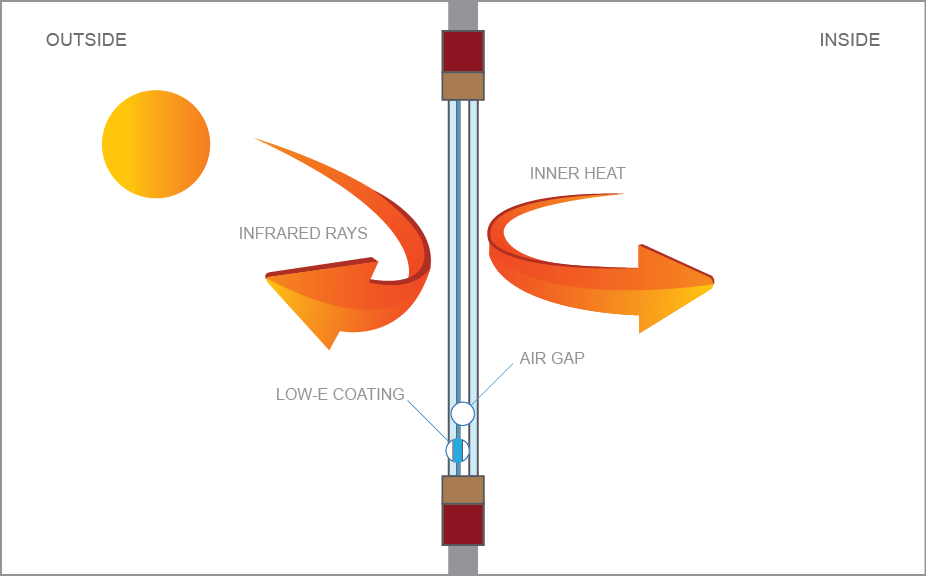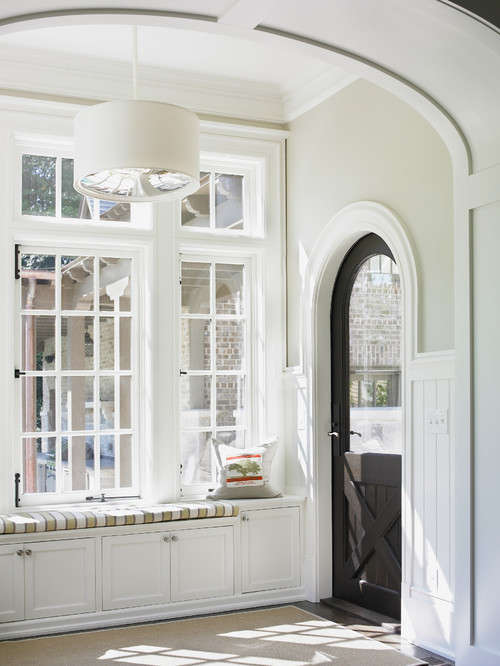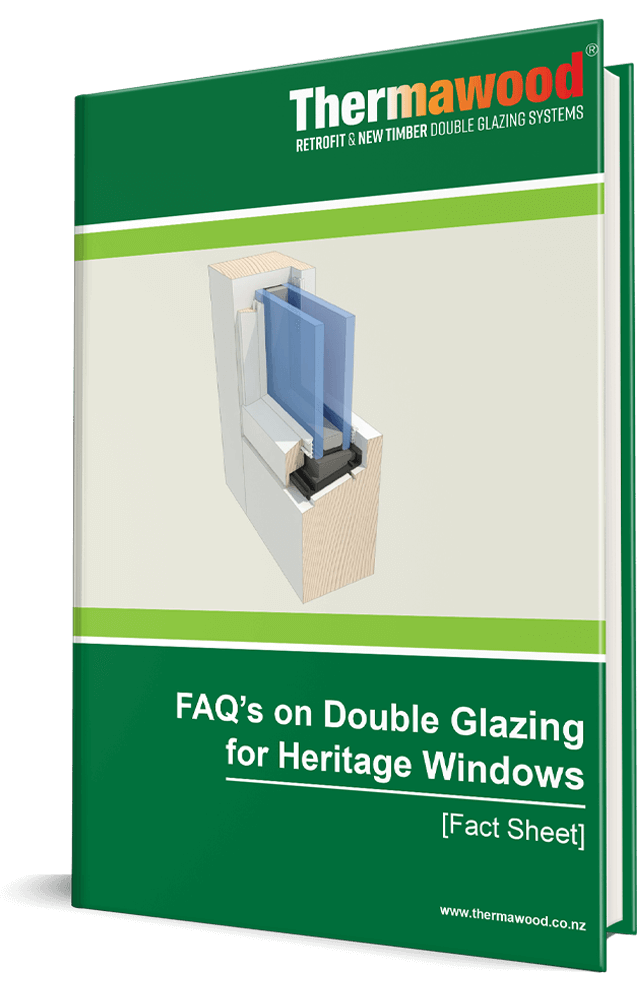Your beautiful casement heritage windows may date back to the mid-19th century – or even earlier – but that doesn’t mean they can’t operate like high performance, 21st-century modern windows.
With the right techniques, tools and an experienced hand, you can enjoy the peace, comfort, and security that come with the best modern windows, whilst still maintaining the captivating charm of your original Georgian or Victorian casement windows.
That’s right.
You can keep the gorgeous frames, the classic movement, and the distinctive slim aesthetic that makes casement windows look so elegant when you upgrade for insulation, soundproofing, security, and more.

In fact, there are forward-thinking advancements in window technology every casement window owner including heritage casement windows should know about.
With a new, specially designed retrofitting process, you can also help to ensure your century-old windows can last another hundred years.
Double Glazing to Insulate Old Casement Windows
Step one to making your old heritage windows work for you and your needs is to update the glazing. The problem with single glazed casement windows is that the lone piece of glass encourages unwanted heat transfer, leaving you with higher energy bills, an unnecessarily large household carbon footprint, and an always too hot or too drafty interior:
- The sun shines in the summer, your glass heats, and all those thermal UV rays overheat your home, even when you have window dressings up.
- In the winter, all that nice heat you are paying for slips through the inevitable cracks and openings around older heritage windows, as well as straight through your single glazed window – which is, after all, an excellent conductor of heat energy
What a lot of heritage homeowners don’t realise is that you don’t have to just accept a poorly insulated home just because you have old windows.
Using Thermawood’s patented retrofit double glazing system, (not just any old traditional retrofit process as with other companies) the single glazing in your casement windows is removed and is replaced by a double glazing unit – two panes of glass instead of one, with an insulating sealed air space in between that stops the glass from acting as a heat conductor.
The existing frame is left in place so you still have the look and feel or your original heritage windows.
At Thermawood, we also install special draft seals to make sure air isn’t escaping. As we regularly work on heritage homes, we also know that sometimes the timber around really old heritage casement windows may have moved slightly over time, which can create small cracks – and more drafts.
We always check for any signs that the building envelope has moved over time, and then address any cracks by restoring softened timber and making sure the double glazing is properly sealed.
You can even customise the level of thermal insulation by doing things such as including argon gas in the double glazing unit’s airspace, or using a special Low-E glass to reflect heat energy back to where it came from.

By double glazing for insulation, you can also achieve another benefit that won’t just boost your property value but will also increase your sense of well-being and may even reduce stress: soundproofing.
Soundproofing Heritage Casement Windows
With a retrofit double glazing system, even a standard double glazing unit will go some way towards reducing noise pollution. The sounds of modern life – traffic, trains, noisy neighbours, lawnmowers – weren’t a problem a hundred or so years ago when your home was built.
They are now, and they are impacting your life more than you probably know. Chronic exposure to high decibel levels – which is what most people in both urban and suburban neighbourhoods deal with – can increase stress levels, impair sleep, and over time, damage hearing and even affect your cardiovascular health.
If you want to reduce noise pollution even further, you can opt for special acoustic grade glass when you retrofit double glaze your Victorian casement windows.
You can do this in only certain areas of your home where the noise level is particularly a problem, such as front-facing windows that overlook a busy street, to lower the costs of soundproofing your home.
When you take a modern, solution-oriented approach to upgrading your old windows, you can transform what once seemed like one of the most delicate, vulnerable areas of your heritage home into a powerful feature that can dramatically improve your living experience.
Making Your Century Old Windows More Secure – Even from Insects
Another concern a lot of people have today, especially with casement windows as they create large open spaces when opened, is safety. When double glazing, you can have a special security glass used within the double glazing unit for added protection. But this only helps when the window is shut.
Another option is to use security screens for casement windows. Security screens are a little different than fly screens. They are generally made from marine-grade stainless steel or aluminium, which is then woven into a fine mesh so you still get plenty of ventilation and visibility.
With heritage casement windows, the security screens can be installed as retractable screens or removable screens if the screen’s placement would otherwise make it impossible to actually open the window.
Don’t worry about losing your heritage look if you need new hardware when you have screens put in. When we install security screens or fly screens, we use heritage-grade hardware to make sure you retain the original aesthetic of your windows.
You can also choose fly screens for your casement windows if you are simply worried about letting in flies and other insects when you let in the fresh air.
Dry Glazing to Protect Your Casement Windows from Rot
After working with heritage windows for decades, we came up with a solution for the biggest problem facing old Victorian era and other classic period windows today – water damage. As is with a single glaze, your windows are susceptible to moisture as water vapour can moisten the glass and then drip down around the frame. With double glazing, your casement windows are still vulnerable to the same problems. Even worse – over time that water damage can cause the double glazing unit to fail.
So, we designed a special drainage system with modern technology – using 3-D printing – that would optimise drainage and keep that century-old timber, as well as any silicone sealants, metal hardware, and other components of your windows, as dry as possible.
We use this special patented drainage system as part of our dry glazing Retrofit Double Glazing system. As a result, water doesn’t have the chance to damage your windows. The design is set up to make sure it drains right away and evaporates quickly.

Here’s where you get the pleasant surprise. When you use modern techniques to upgrade your heritage casement windows, you are also taking one of the most effective steps possible towards preserving your windows. When water isn’t able to decay or rot the timber or to damage your double glazing, your windows are going to last a long time.
The way old casement windows were made back in the Victorian era, and even in the Georgian era, with a high level of craftsmanship and premium materials, they were always built to last.
As a heritage homeowner, living in the modern era and with access to modern technology, this is where you get to have it all – the charming aesthetic, the classic quality, and all the high-performance advantages modern window technology offers.

[Free Guide]
Learn All About the Most Advanced Double Glazing System for Heritage Windows

